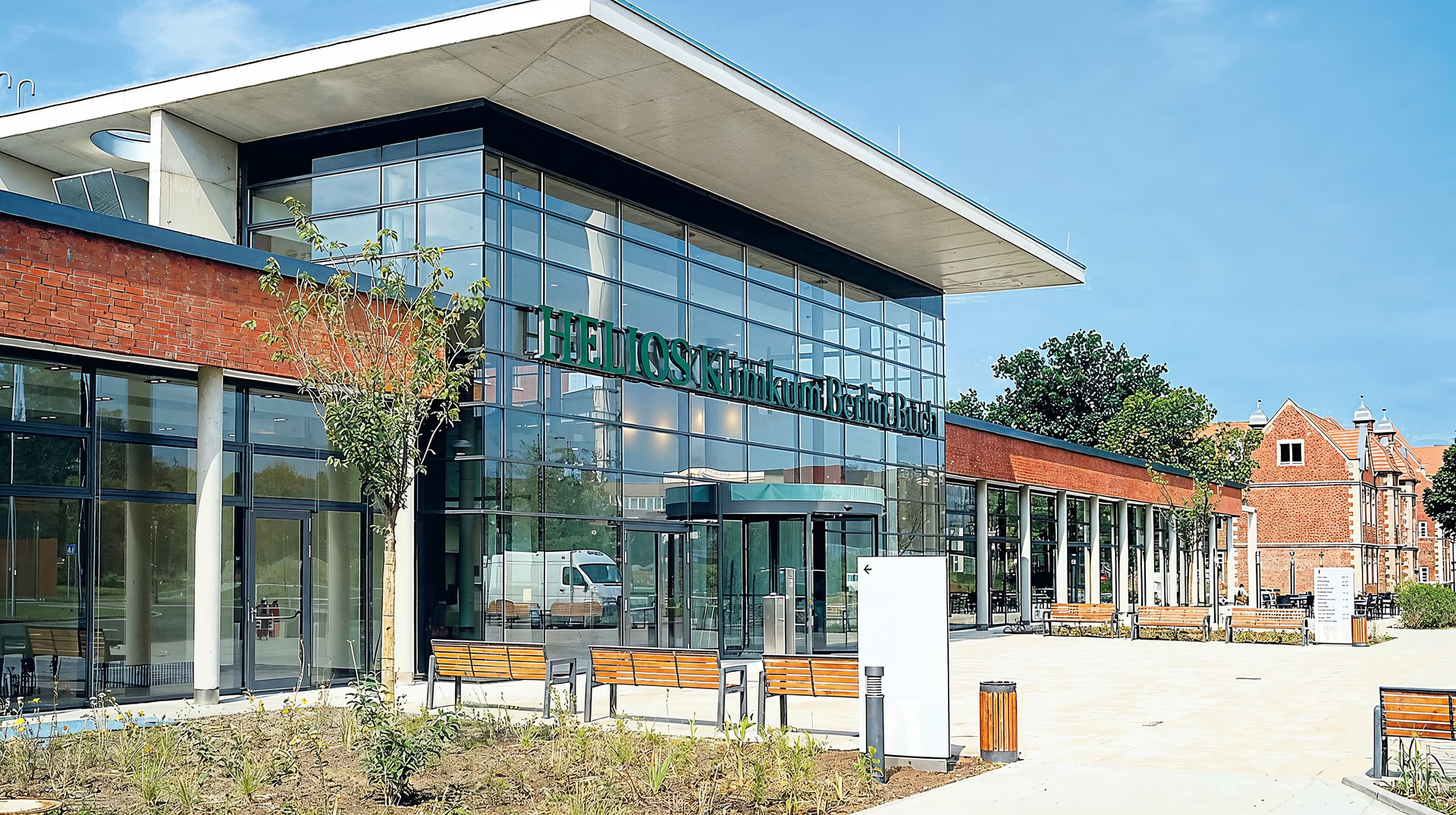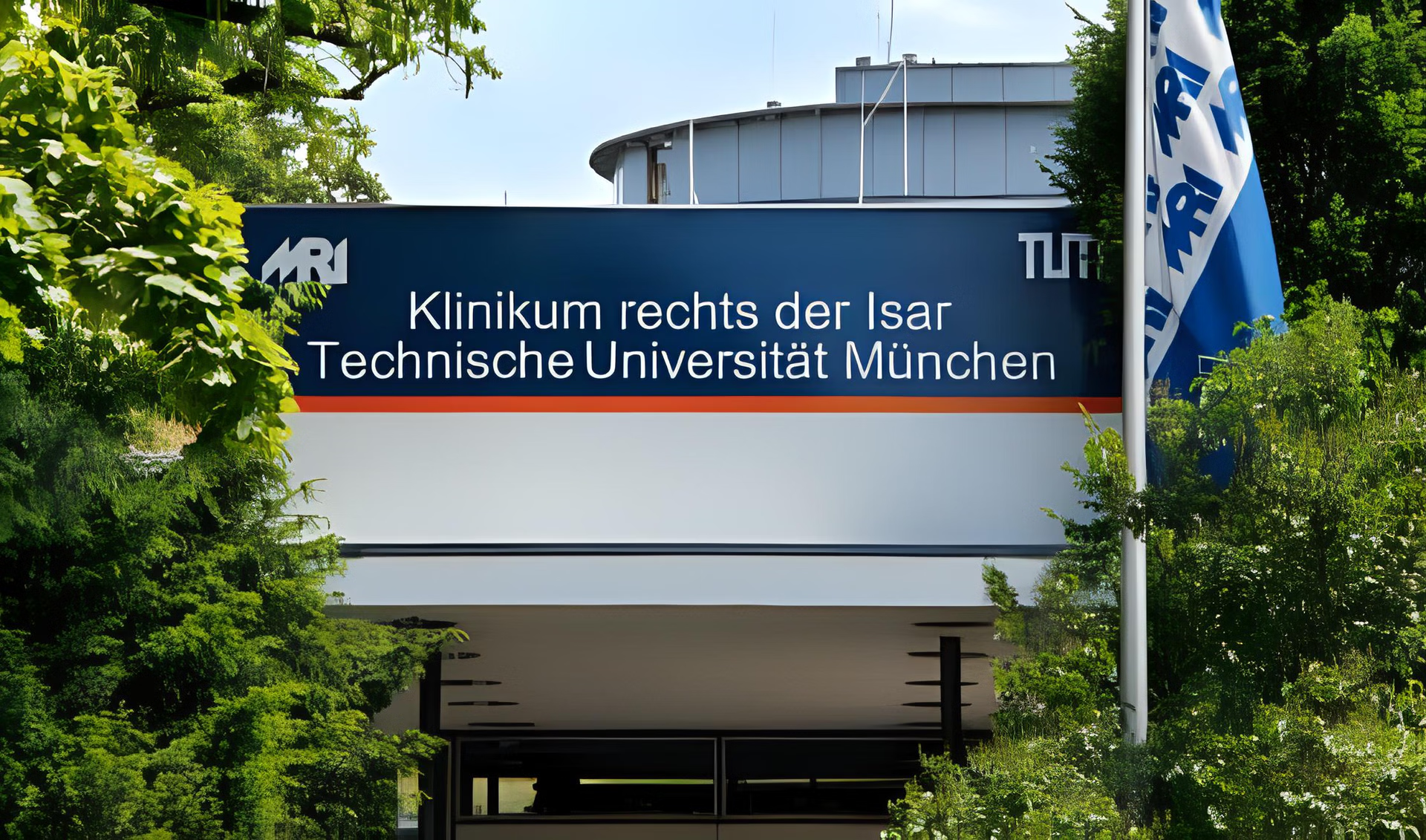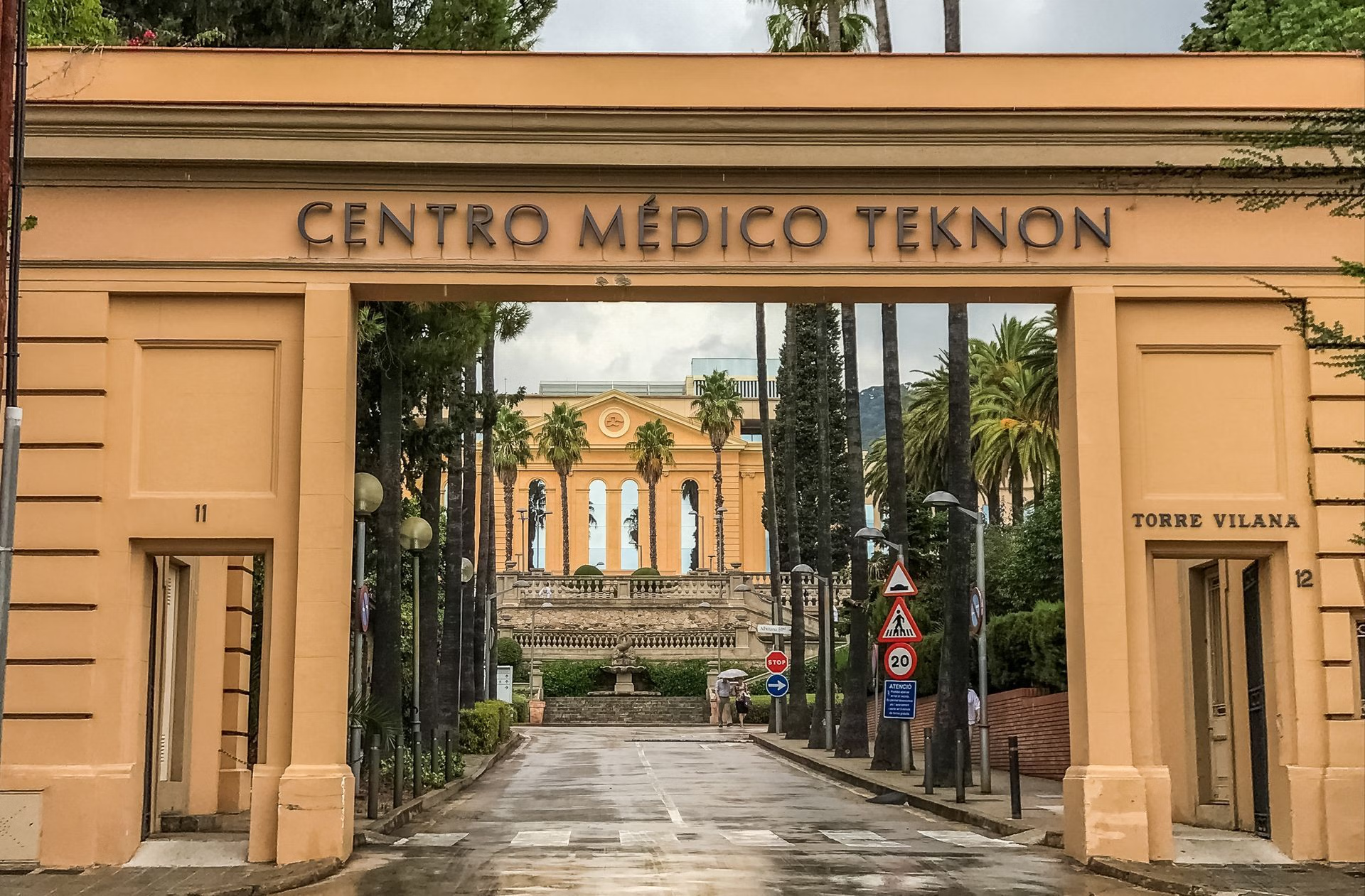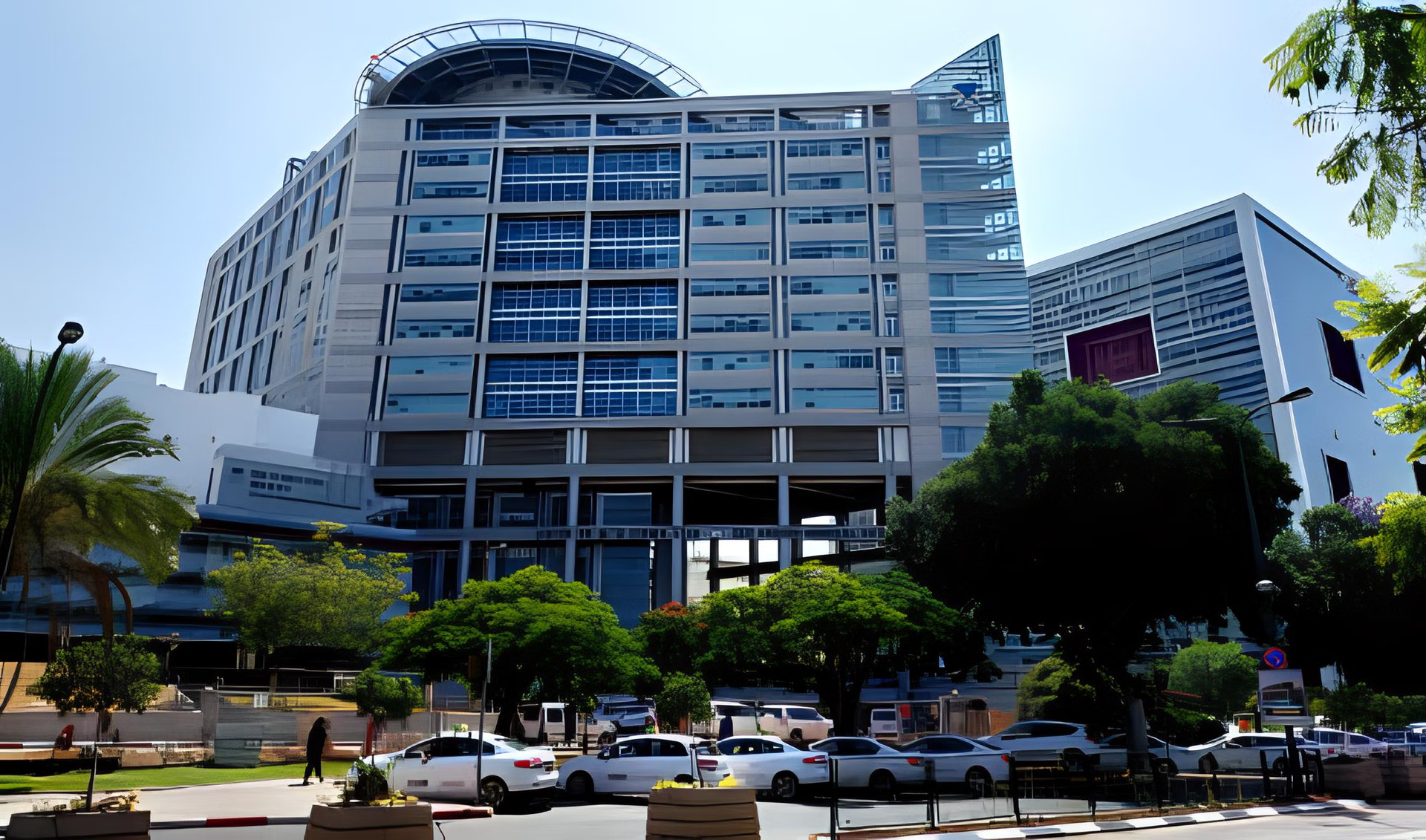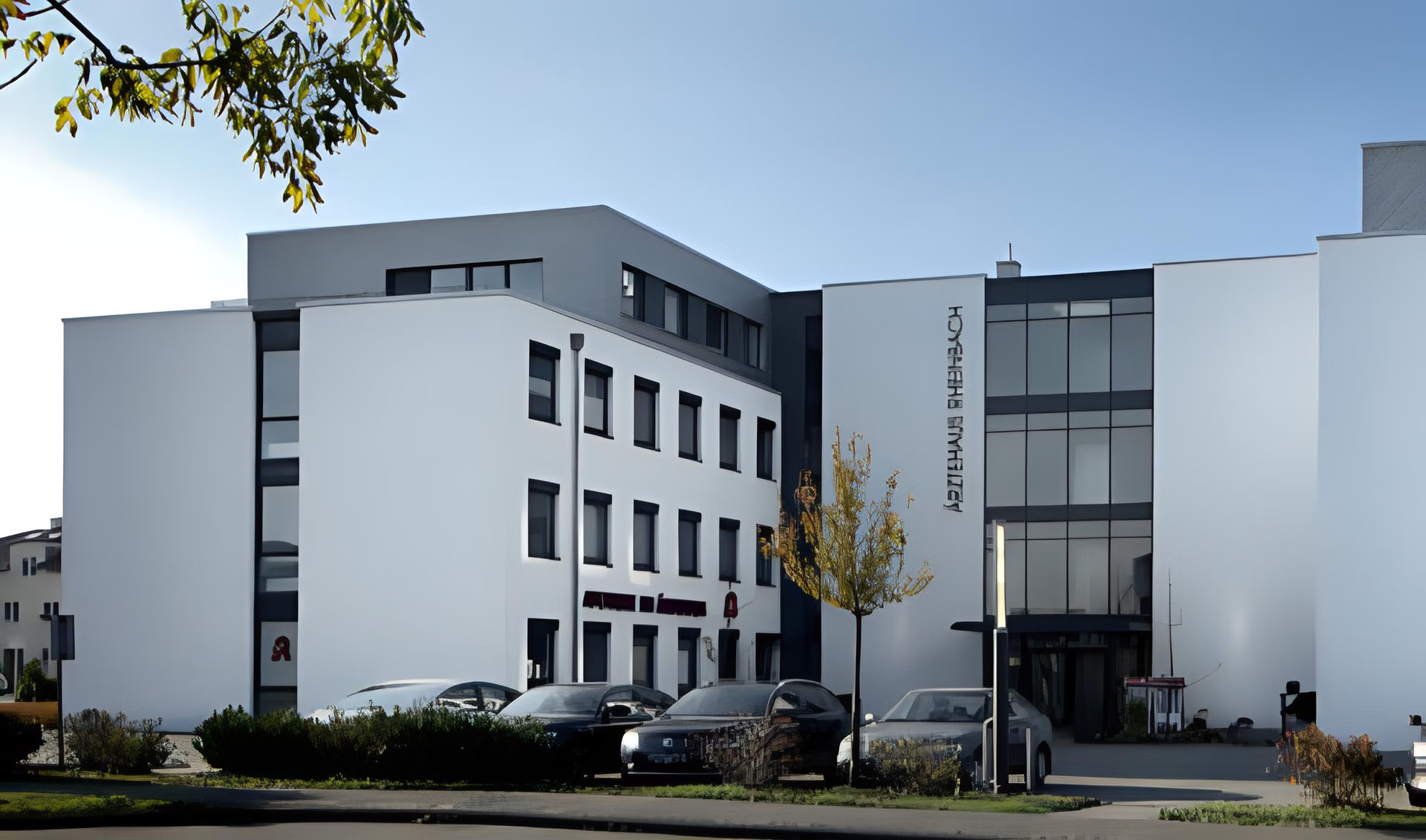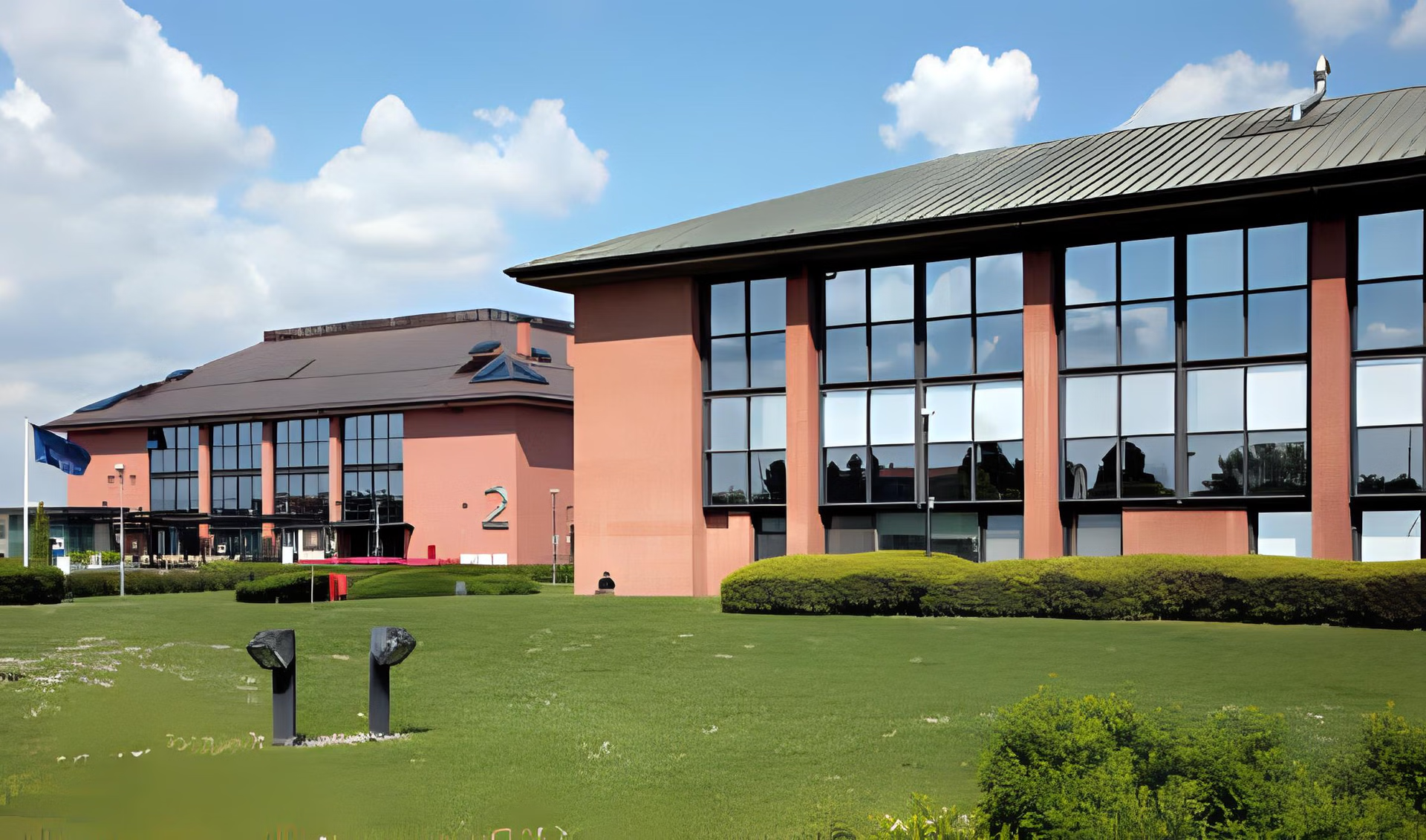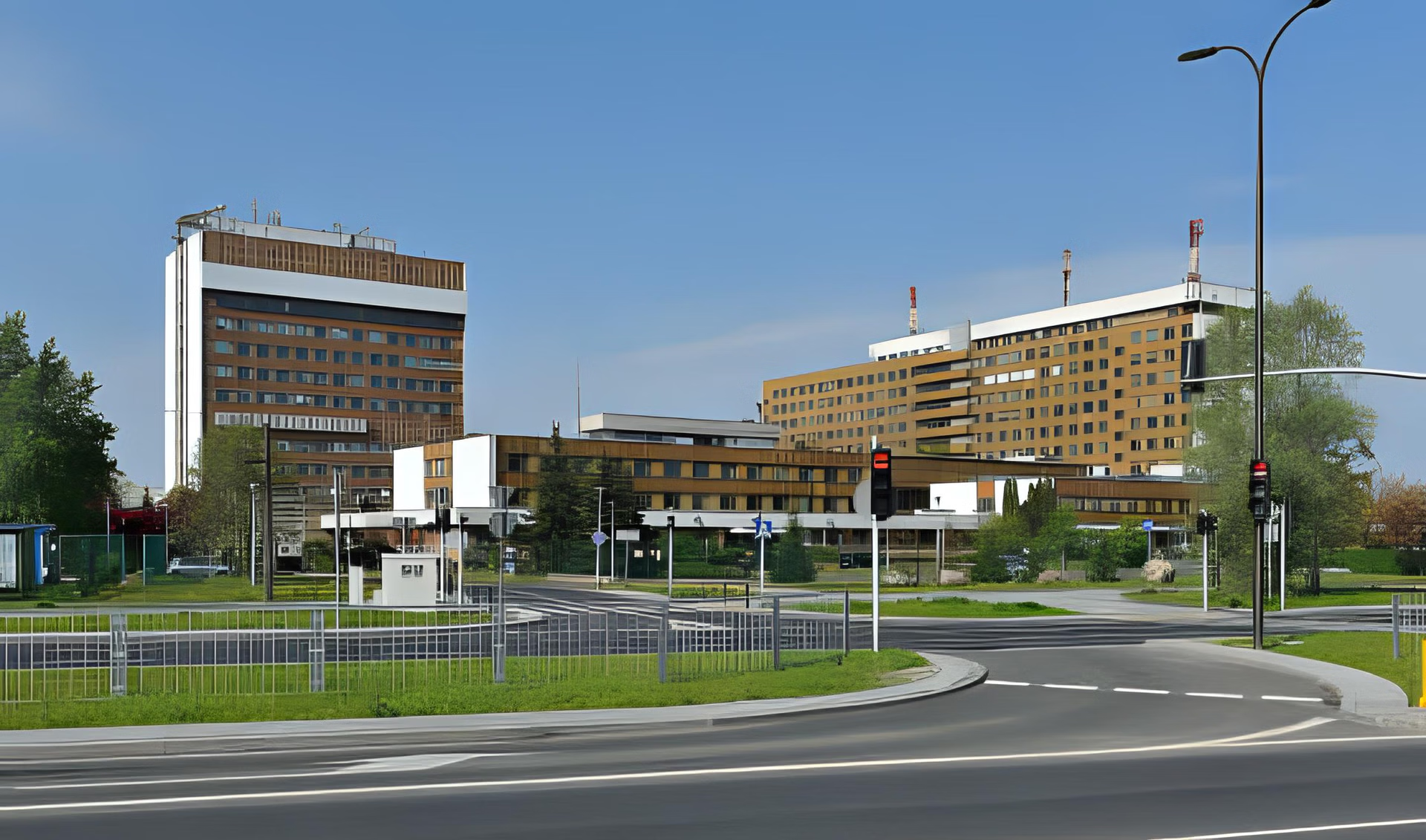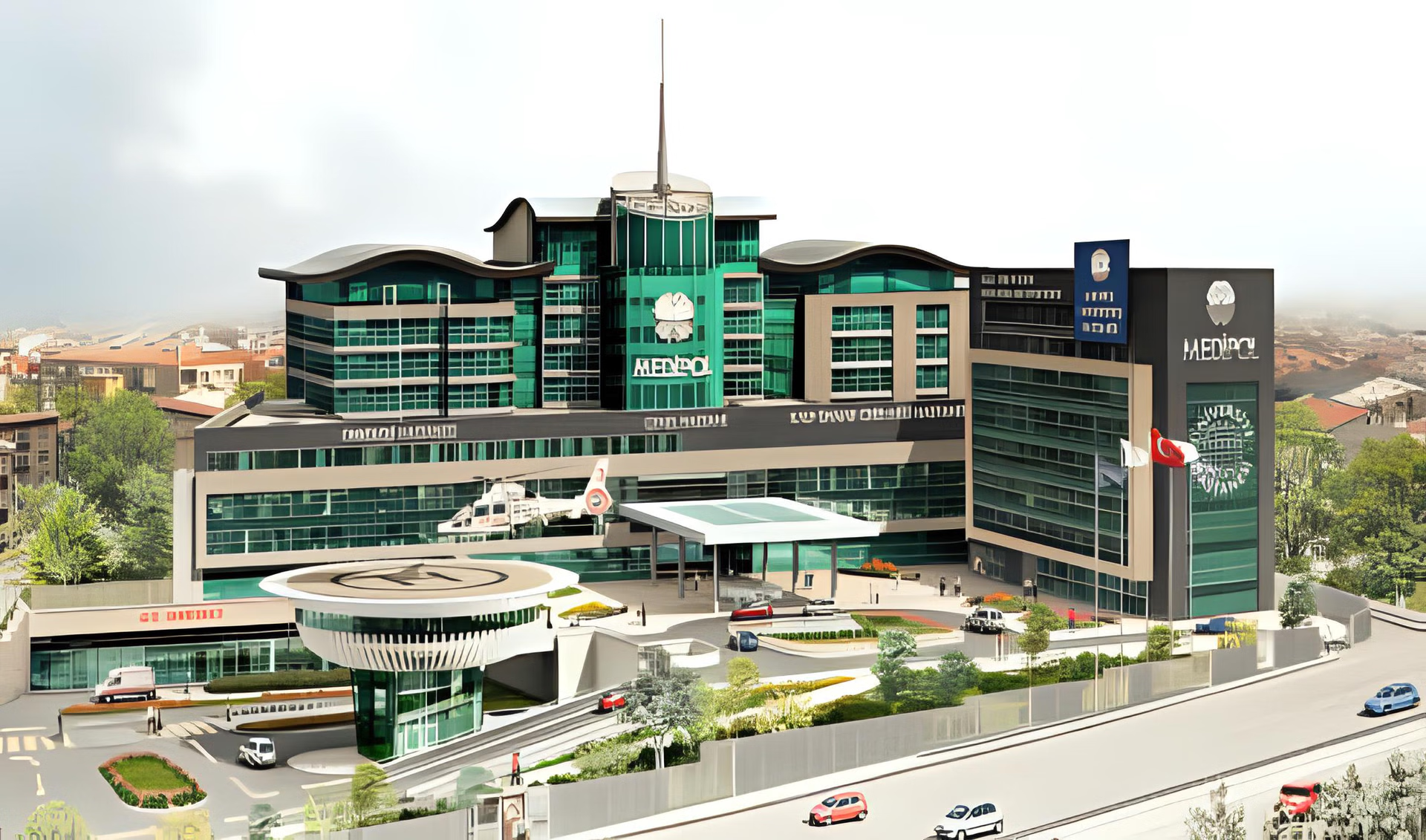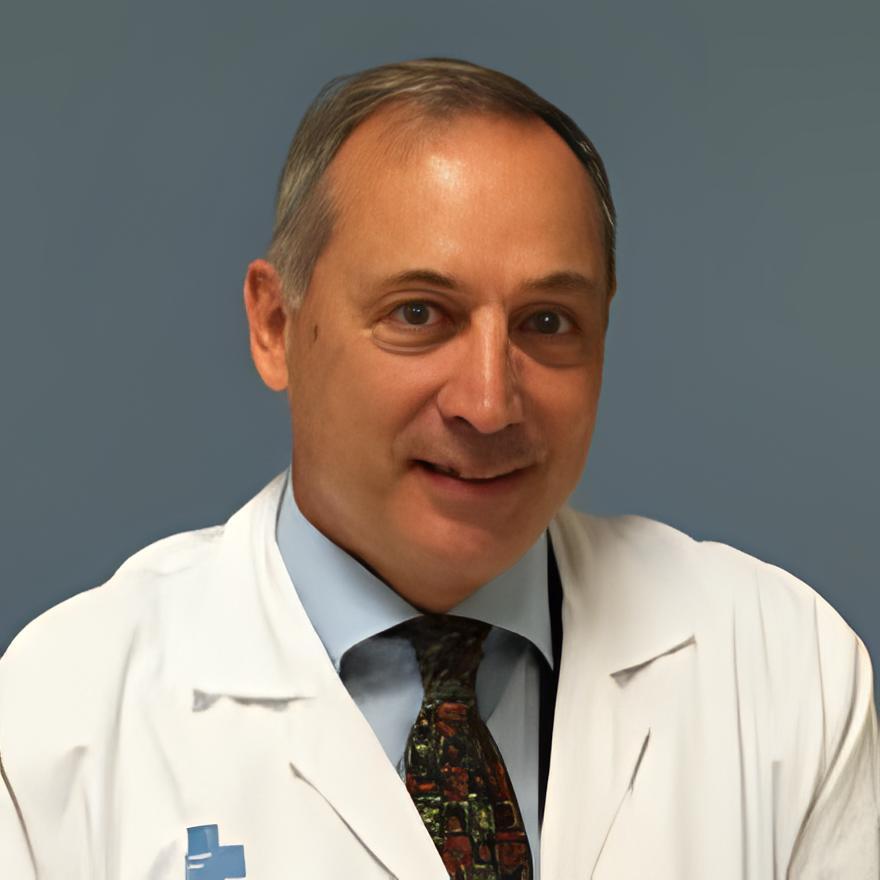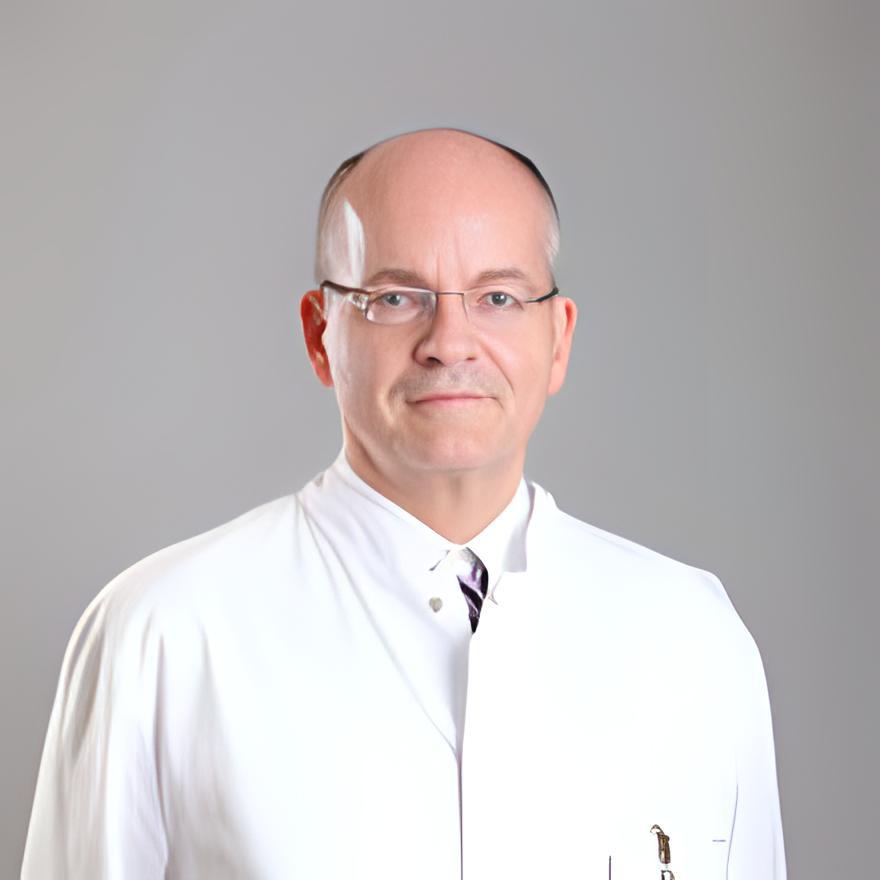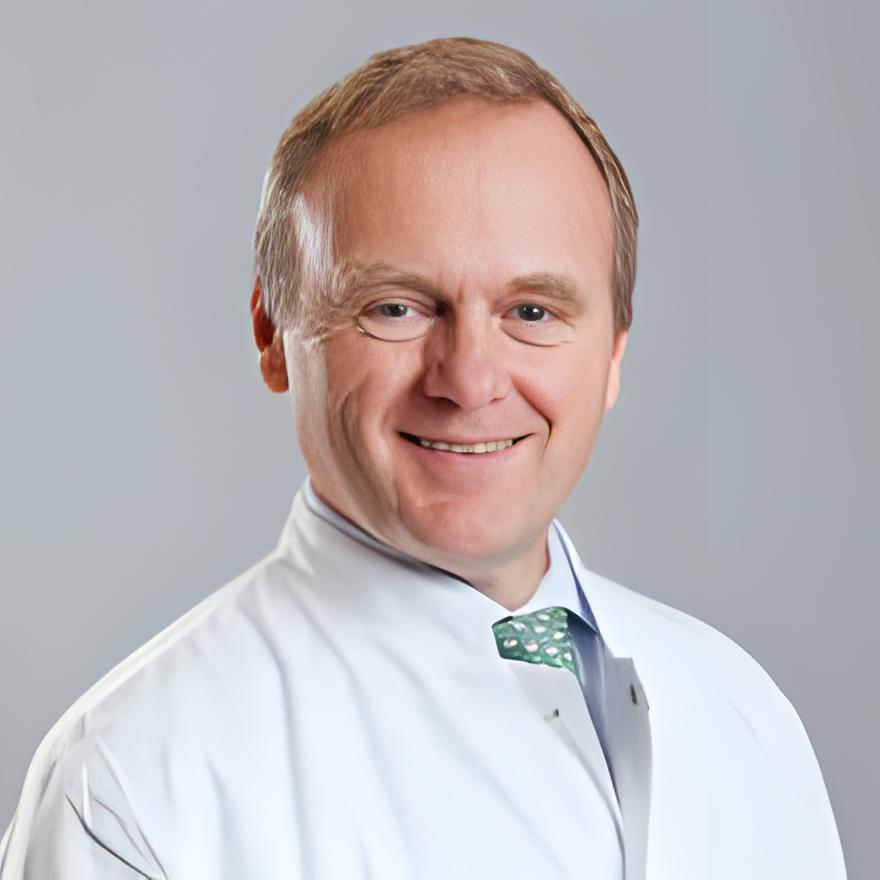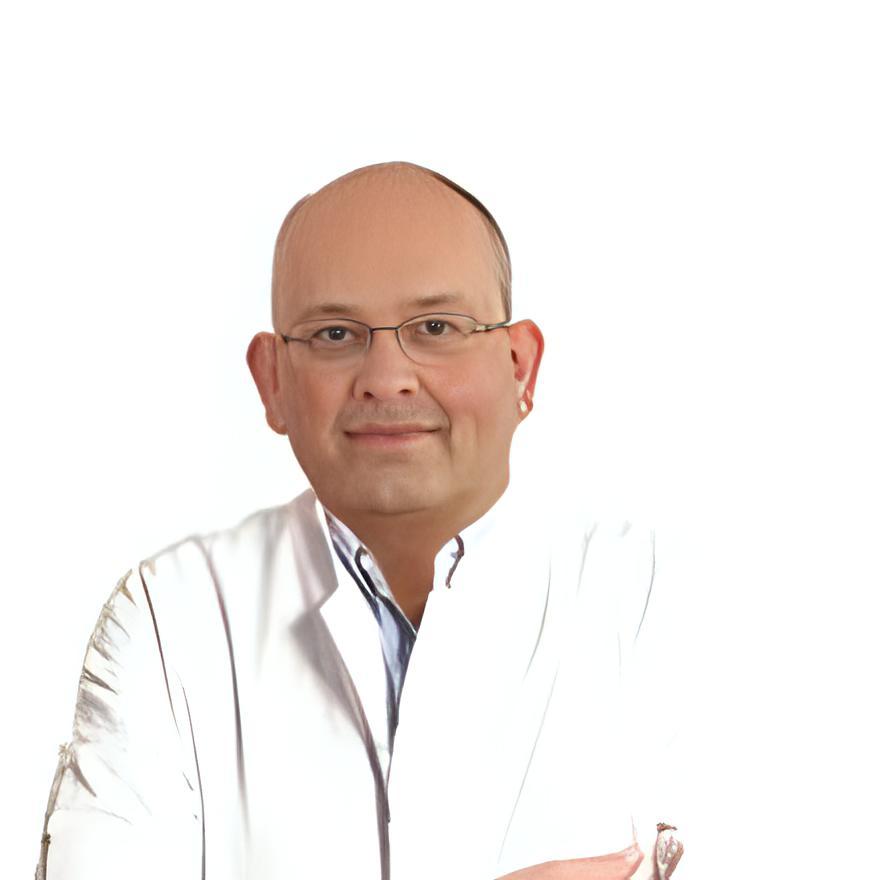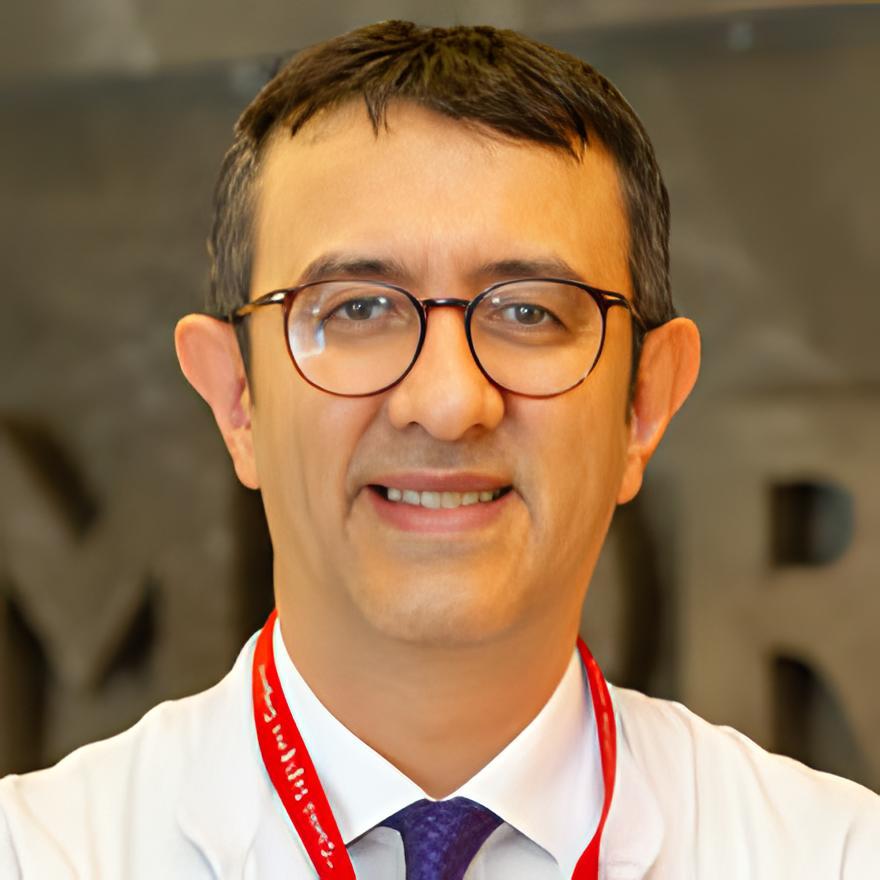Sarcoma Guide

About 1% of all cancers are sarcoma, but more than 50 different types exist.
About 4 out of every 100,000 people find soft tissue sarcoma every year.
At early stages, 8 of every ten sarcoma patients live five years and more.
More than 50% of sarcomas are located in the limbs.
 What is soft connective tissue?
What is soft connective tissue?
Body tissues connect and support each other, covering the organs in the body. They comprise muscle tissue (including the heart), fat, blood vessels, nerves, tendons, and tissues enclosing bones and joints.
It also gives the body shape and structure, protects organs, moves fluids like blood from one part of the body to another, stores energy, and provides the body with shape and form. Sarcoma can develop in any of them.
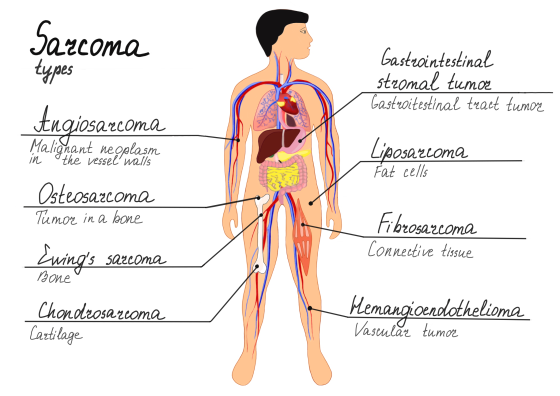
There are some types of tissues:
- There are two fat types: subcutaneous and surrounding organs (visceral). The body stores fat for energy. Liposarcoma from fat tissue is one of the standard types.
- Connective fibrous tissue is composed of fibers that strengthen body parts. Tendons and ligaments are formed of fibrous tissue; it surrounds blood arteries and various organs.
- Muscles are:
- Smooth muscle is "automatic" in the stomach, intestines, bladder, uterus, and blood arteries.
- Skeletal muscles move the body (voluntary muscle) primarily in bone-attached. Face muscles link to skin. Lean muscle helps us stand up straight, and let's move the arms and legs.
- The heart muscle creates the walls and pumps blood. It works automatically. Sarcoma can appear here too.
- Synovial tissue lines elbows and knees. It also presents surrounding tendons and between bones and tendons (bursa). Synovial tissue creates thick synovial fluid, which permits movement.
- Vascular tissue forms long, flexible hollow tubes that are blood arteries. Blood vessels include arteries, veins, and capillaries: blood vessels transport oxygen, nutrients, hormones, waste, and other substances.
- Lymphatic tissue makes lymph vessels that are tiny tubes throughout the body. Lymph fluid inside gathers debris, pathogens, and damaged cells from body tissues.
- Nerve tissue contains neurons and glial cells (neuroglia). Nerve cells transmit messages via electrical impulses. The brain and spinal cord are CNS or central nervous systems. The nervous system is nerve tissue outside the brain and spinal cord.
 What is sarcoma?
What is sarcoma?
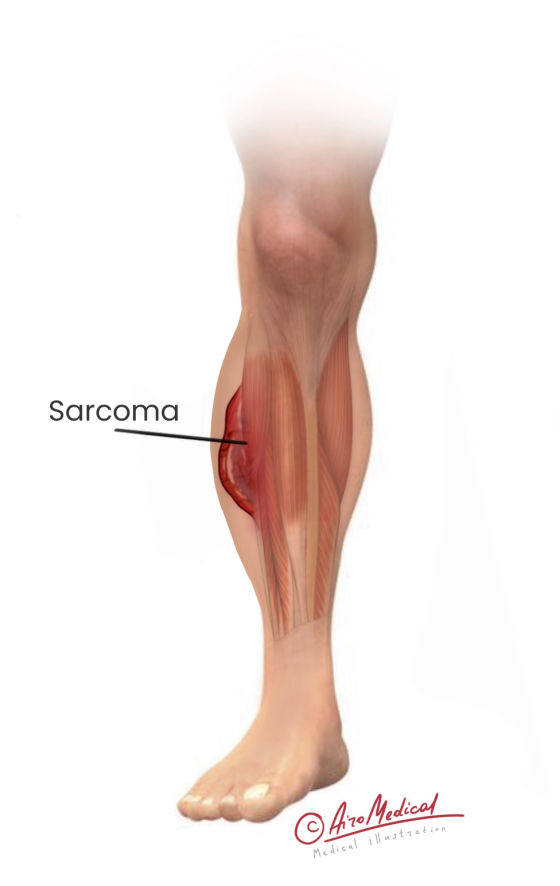 When the word "sarcoma" is used to describe a disease, it means that the tumor is cancerous. A soft tissue sarcoma is a group of rare cancers that start in the tissues connecting different body parts. Soft tissues are all over the body, but almost all sarcomas in adults happen on the arms, legs, chest, and abdomen.
When the word "sarcoma" is used to describe a disease, it means that the tumor is cancerous. A soft tissue sarcoma is a group of rare cancers that start in the tissues connecting different body parts. Soft tissues are all over the body, but almost all sarcomas in adults happen on the arms, legs, chest, and abdomen.
Concerning the sarcoma definition, cancer starts in the body's soft tissues, such as cartilaginous, fat, muscle, blood vessels, fibrous connective tissue, or other supporting tissue.
Soft tissue sarcoma is divided into more than 50 kinds. Some are very hard to find. Here are some of the most common types of sarcoma:
- Undifferentiated pleomorphic sarcoma is a soft tissue cancer that overgrows and spreads to other body parts. Most often happens in the legs, arms, or chest.
- Liposarcoma develops in adipose tissue. This sarcoma usually happens in the stomach but can also occur in the hips and other places.
- Leiomyosarcoma is a type of malignant tumor that starts in smooth muscles. It can happen anywhere, but most often in the uterus or stomach.
The statistic shows men get sarcoma a little more often than women.
 What causes sarcoma, and how to prevent it?
What causes sarcoma, and how to prevent it?
It's hard to say for sure what causes soft tissue sarcoma. Most of the time, cancer happens when mistakes in the DNA of cells show up. Cells grow and divide out of control when something goes wrong.
Common risk factors are:
Most sarcomas are hard to figure out. The following things can make a person more likely to get sarcoma:
- Radiation therapy before. People who had radiation therapy for cancer in the past, typically more than five years ago, have a slightly higher chance of getting sarcoma in the region where the radiotherapy was sent.
- Genetics. Sarcoma is more likely to happen to people with inherited specific health problems. Neurofibromatosis type 1, also called von Recklinghausen's disease, familial adenomatous polyposis, is also called Gardner syndrome, Werner syndrome, and others.
- Immune system problems. People with problems with their immune response are more likely to get sarcoma. HIV, chronic lymphocytic leukemia, or an autoimmune disease like lupus or psoriasis are the risk factors.
- Chemicals. Agent Orange, which is used to make some types of plastic, vinyl chloride monomer, or dioxin, may raise the risk of sarcoma if they are used at work.
Can sarcoma be prevented?
The only way to lower the chances of getting certain types of soft tissue sarcoma is to avoid possible risk factors as much as possible. But most people who get sarcoma don't have any significant risk factors. At the moment, there is no known way to prevent this cancer from happening. And people who are going through radiation therapy usually don't have many choices.
People with no family background of sarcoma or other things that put them at risk for sarcoma shouldn't get any screening tests or exams. The best way for these people to find out early if they have soft tissue sarcoma is to tell their doctor about any lumps, growths, or other symptoms of possible sarcoma cancer they can't explain.
 What are the sarcoma symptoms?
What are the sarcoma symptoms?
Sarcomas can sometimes start in the chest, head, or neck, but this is rare.
Most people with sarcoma don't feel sick and may only have mild pain. A neoplasm is any growth that makes an area bigger. People think the first symptoms are minor problems that will go away in time. These signs worsen over time.
Soft tissue sarcoma can cause swelling under the skin, which looks like a painless bump that gets bigger over time. It can also cause bloating, pain, constipation, or a constant feeling of fullness. Pain in the limbs also can occur. So, see a doctor immediately if any of the following appears:
- A new lump or one that's getting bigger,
- Pain in the stomach that is getting worse,
- Blood in the stool or vomiting with blood,
- Very black and sticky chair.
Usually, these symptoms are not 100% sarcoma signs, but a doctor should still test them.
 Diagnostic tests
Diagnostic tests
First, the doctor will ask about the health history, including the family's health history, to see if there are any probable factors. Patients will also be asked about the symptoms of sarcoma, like when they started and how long they had them.
Since there are many different kinds of soft tissue sarcoma, it is essential to know what each tumor is made of to choose the proper treatment. So, after the first visual exam, the doctor will order the following tests:
- X-rays are high-energy rays used to take pictures of the inside of the body, directly of the area where the lump is. After patients are diagnosed, they may get a chest x-ray to see if the sarcoma has expanded the lungs.
- CT scan (computer tomography): Using X-rays to get a detailed picture of the body's cross-section. A CT scan is used when a clinician suspects a chest, belly, or soft tissue sarcoma in the back of the abdomen. This test determines if the tumor has spread to the lungs, liver, or other organs. Also, CT images can guide a biopsy needle into a chest or abdominal neoplasm.
- An MRI scan (magnetic resonance imaging) employs radio waves and powerful magnets to take a picture of the body. MRI scans are often done when diagnosing a tumor that might be a sarcoma. They can usually tell further about sarcomas in the arms or legs than CT scans. MRI gives a clear picture of the tumor. It can inform the doctors where the cancer is located, its size, and sometimes even what kind of tissue it arrives from.
- Ultrasound takes pictures of parts of the body by using sound waves and the echoes of those sound waves. A small transducer device sends sound waves that bounce off the organs and pick up the echoes. The echoes are then turned into a picture on a screen by a computer. Before a biopsy, doctors may check a suspicious sarcoma lump with an ultrasound to see if it has fluid inside and is probably not cancer. If it is solid, it is more likely to be a tumor.
- A PET-CT scan (positron emission tomography): A radioactive form of sugar is put into the blood for PET scans. Because cancer cells use glucose (sugar) faster than normal cells, radioactivity builds up in cancer. The scanner can then find the radioactive spots. When the doctor thinks cancer has spread but doesn't know where a PET scan can help because it scans the whole body, it can be used instead of many different x-rays. A PET scan is often used along with a CT scan. It is called a PET/CT scan and helps determine if the changes on the CT scan are caused by cancer or anything else. PET isn't often used to diagnose sarcoma itself, but in cases of metastases, it can be helpful.
- A biopsy is a test that helps doctors figure out what's wrong. There are two kinds of biopsy: aspiration, in which holes are made in the tumor with a needle, and pieces of tumor tissue are taken from other places. In the second case, surgery is used to take out the tissue. The doctor then looks at the tissue from the tumor under a microscope to ensure it is the disease.
Sarcoma stages
Diseases are rated from G1 to G3 on a scale. A low-grade (G1) tumor is similar to normal cells in many ways. If the sarcoma is of high grade (G3), it may spread to other body parts more easily. Medium-grade (G2) cancers are somewhere between.
- First stage: The tumor is small and low-grade (GX or G1).
- Second stage: The tumor is small and of a higher grade (G2 or G3).
- Third stage: The cancer is more significant and worse (G2 or G3).
- Fourth stage: Sarcoma has spread to other areas of the body. The original tumor can be any size or grade, and it may or may not have extended to the lymph nodes in the area (any G).
Where to go to treat a sarcoma?
 Methods of care
Methods of care
The best way to treat soft tissue sarcoma will depend on where the tumor started, what kind of cells it is made of, how far it has spread, and your general health.
But these are the most common ways to treat sarcoma:
- Surgery. Depending on where a sarcoma is and how big it is, surgery may be able to get rid of cancer. Surgery aims to remove the whole tumor and 1 to 2 cm of normal tissue around it. It is done to make sure there are no cancer cells left. The removed tissue is learned under a microscope. Then the doctor will check to see if cancer is growing on the edges (margins) of the specimen or not.
- Radiation therapy is a treatment that uses energy rays to destroy cancer cells. Oncologists can treat different types of cancer with different types of radiotherapy. If a person with sarcoma is too weak to have surgery, radiation may be the only way to treat it. When sarcoma has spread, radiotherapy may also help ease the symptoms.
- Systemic chemotherapy is another common way to treat cancer. It is when anticancer drugs are used to kill cancer cells. Medicines are given through the veins. Chemotherapy is often used in addition to other ways of treating sarcoma.
- Targeted therapy: Some sarcomas have particles on their cells that can be used to treat them. Targeted therapy aims to find these traits, attack them, and kill them with the help of certain drugs. This sarcoma treatment is less dangerous because it only affects the changed cells.
- Immunotherapy is a way to treat cancer by boosting the patient's immune system. Antibody-based drugs help the body make cells that fight cancer or assist healthy cells in finding cancer cells and killing them.
What clinics do we recommend to treat sarcoma?
 New treatment options
New treatment options
As doctors learn more about soft tissue sarcoma's genetics and other factors, new and better treatments emerge.
- Transarterial chemoembolization (TACE) cuts off the blood supply to the tumor. At the same time, large amounts of cytostatic drugs are sent to cancer, which kills it.
- Transarterial chemoperfusion (TACP): particular drugs are injected directly into the tumor through blood vessels. It ensures that cancer gets the medicine for a longer time and in a higher concentration.
- Intraoperative radiation therapy (IORT): In this treatment, a hefty dose of radiation is given in the surgery room after the neoplasm is removed when the wound is still open. This way of giving radiation means it doesn't have to go through normal tissue to get to where it needs to be. It also makes it easier to protect nearby healthy areas from radiation. IORT is often just one part of radiation therapy. After surgery, the patient gets another type of radiation.
- In brachytherapy, small pellets (or seeds) of radionuclides are placed in the cancer lesion. The treatment is called "internal radiation therapy." When surgery is done to treat soft tissue sarcoma, these granules are put into very thin catheters and soft tubes. Brachytherapy could be the only type of radiation therapy used, or it may be used along with radiation from outside the body.
- Proton therapy is radiotherapy that kills cancer cells using proton radiation instead of regular rays. So, almost no damage is done to healthy tissues nearby. Sarcomas close to essential body parts are often treated with proton radiation therapy.
After treatment, the patient needs regular observations not to miss the return of the sarcoma.
What specialists do we recommend?
 Stats and predictions
Stats and predictions
How likely someone is to live with sarcoma depends on several factors. Most of the time, doctors can predict a disease by looking at large groups of people. However, because this type of cancer isn't as common as other types, it's harder to tell how long someone will live with it than with other cancers.
The American Cancer Society used data from the National Cancer Institute's database to determine how long soft tissue sarcoma patients live. So, 81% of people with regionalized sarcoma (cancer that hasn't expanded outside of the organ) will still be alive after five years. When cancer has spread outside of an organ to surrounding lymph nodes, this is called a "regional disease," and the survival rate is 56%. When sarcoma continues to spread to other parts of the body (called "metastatic sarcoma"), only 15% of people will be able to live. Treatment gets better over time. And numbers we are placing here are based on data from people who have already been diagnosed and treated.
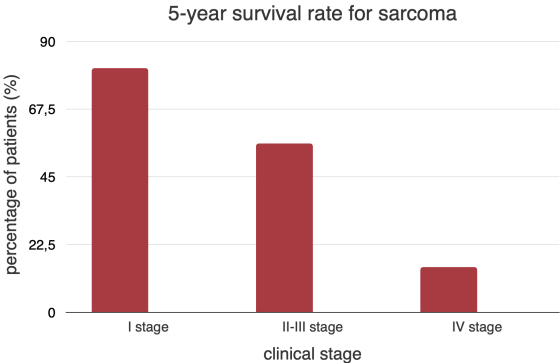
The AiroMedical team can direct all efforts towards achieving the goal as quickly as possible.
We try to keep the patient alive and healthy. With how cancer is treated now, more people are living longer than ever, and research is still ongoing. Because of this, the outlook keeps getting better.
References:
- NHS: Soft tissue sarcomas
- Cancer Research UK: soft tissue sarcomas
- National Center for Advancing Translation Sciences: Soft tissue sarcoma
- National Organization for Rare Disorders: Soft Tissue Sarcoma
- American Cancer Society: Survival Rates for Soft Tissue Sarcoma
- Cancer.Net: Sarcomas, Soft Tissue: Statistics
- Macmillan Cancer Support: Radiotherapy for soft tissue sarcoma
- Karger International: A Successful Chemoembolization of a Retroperitoneal Soft Tissue Sarcoma: A Case Report
